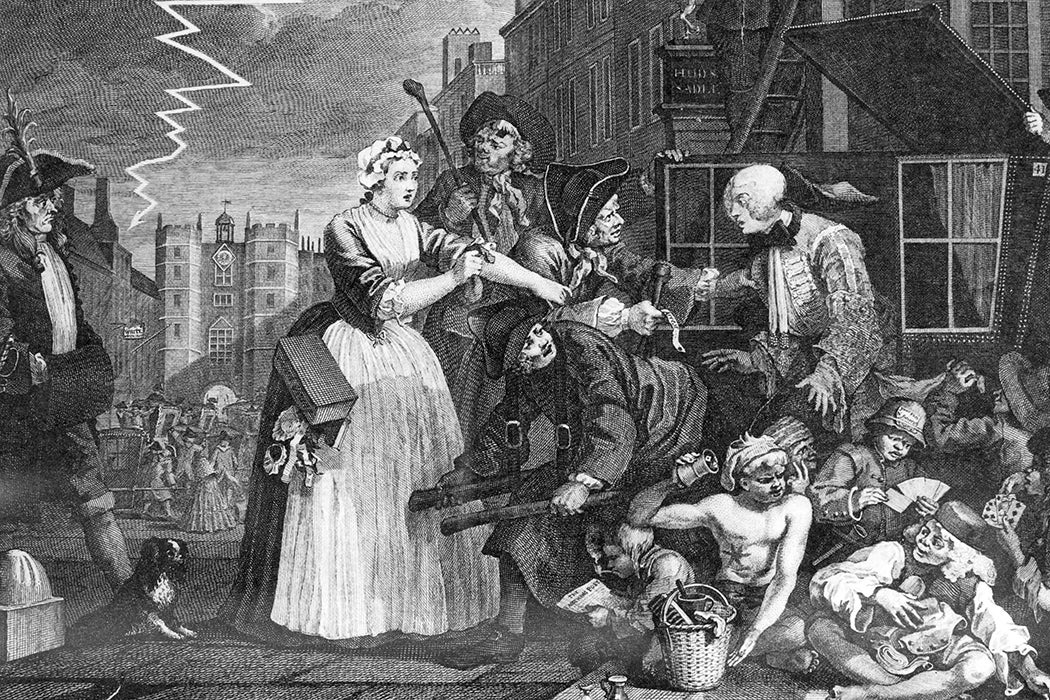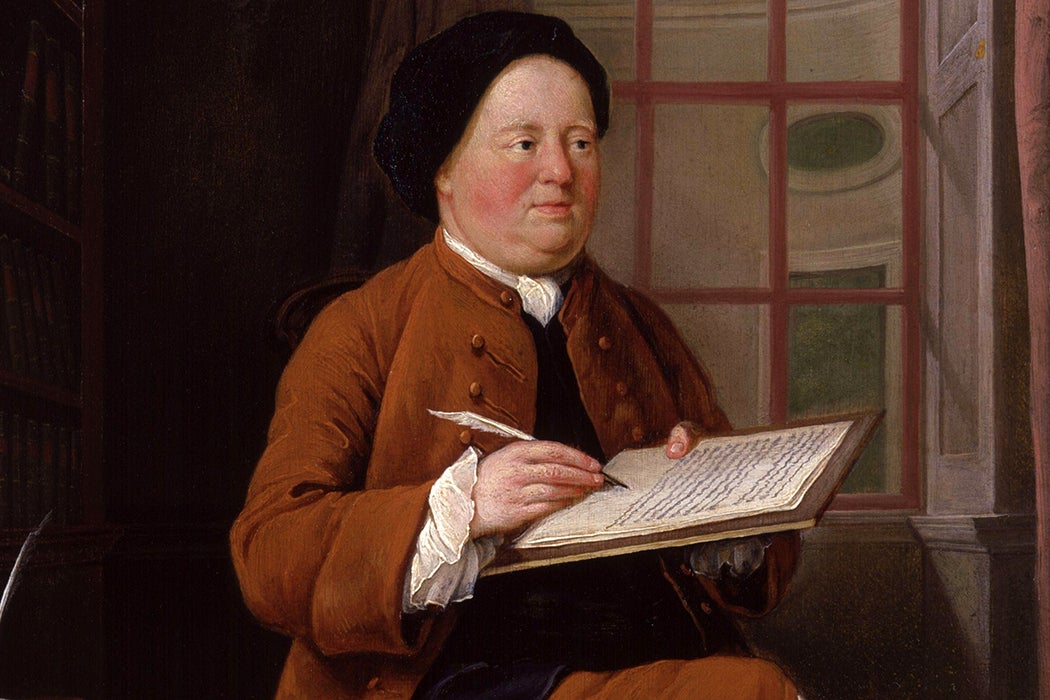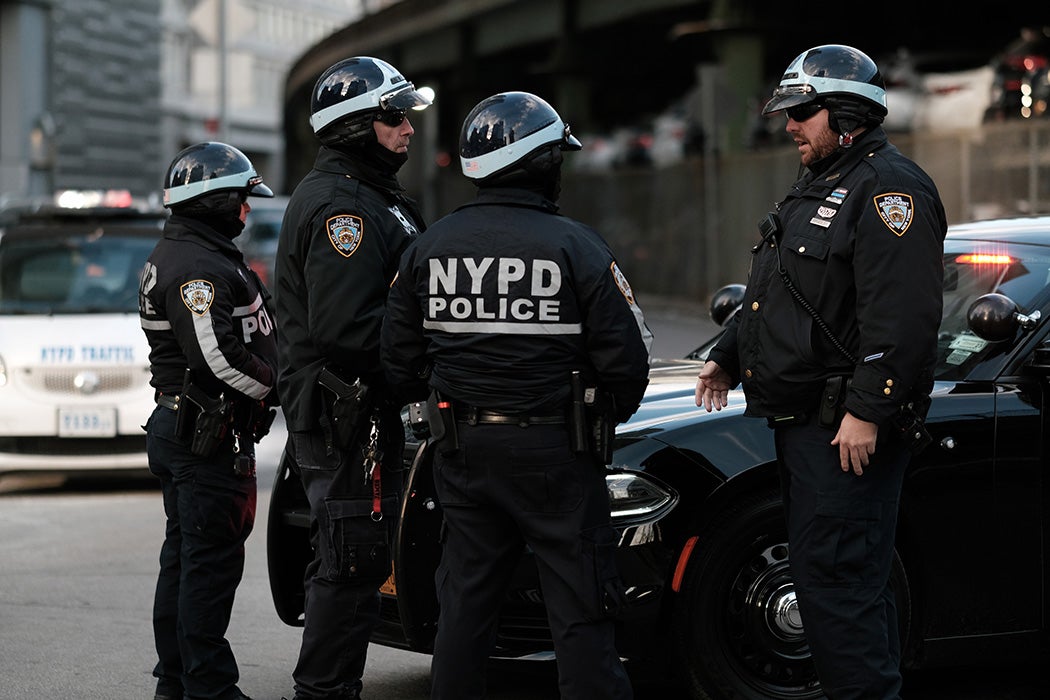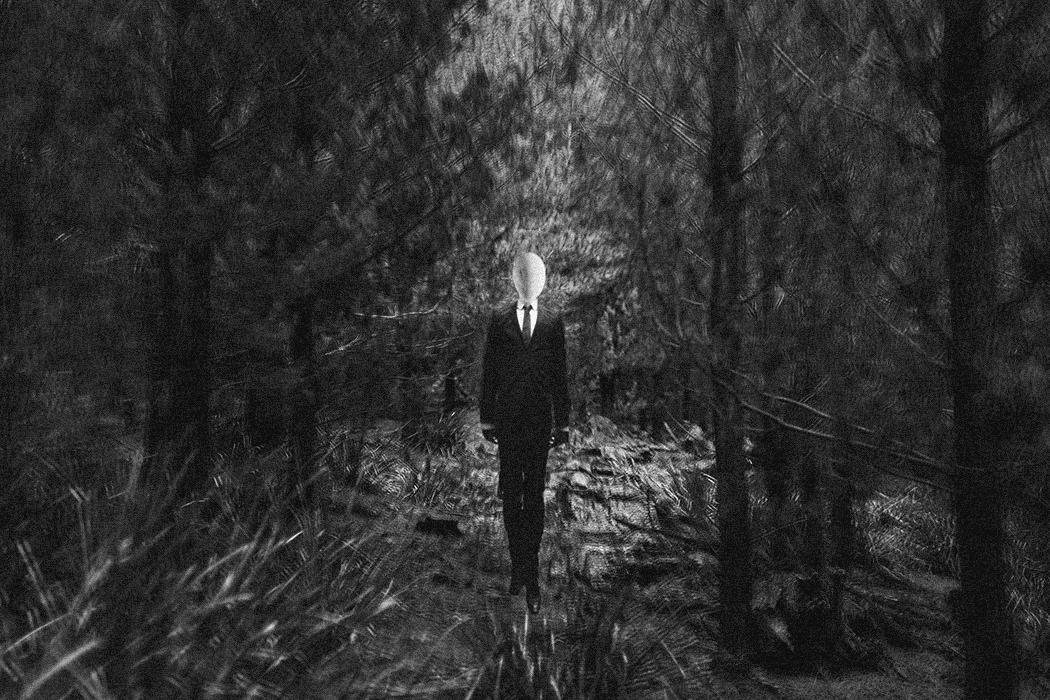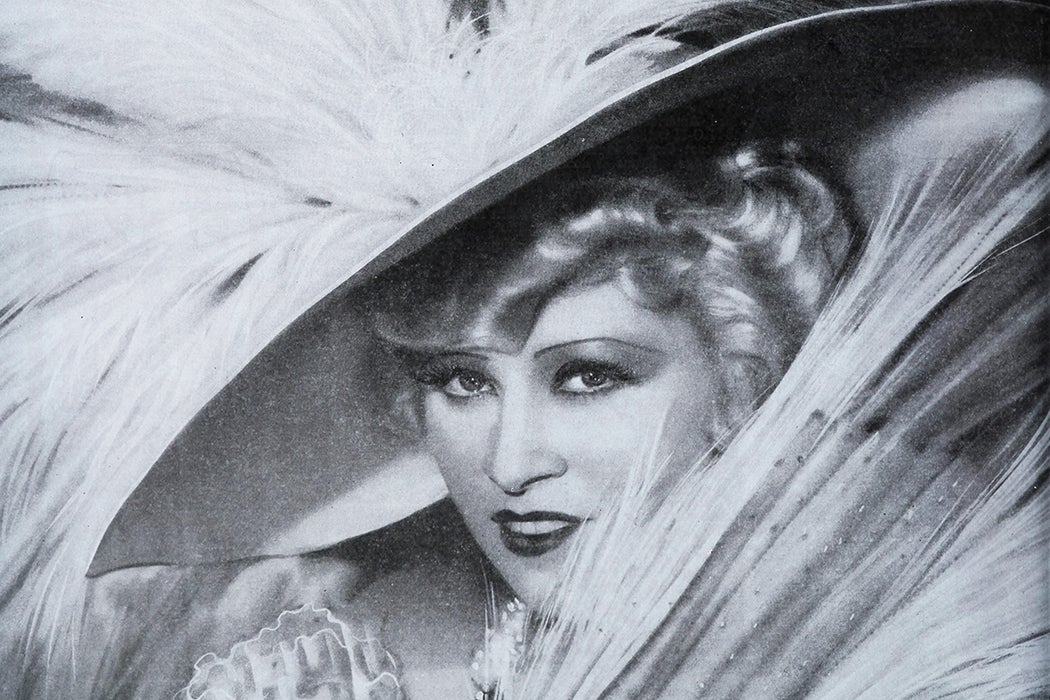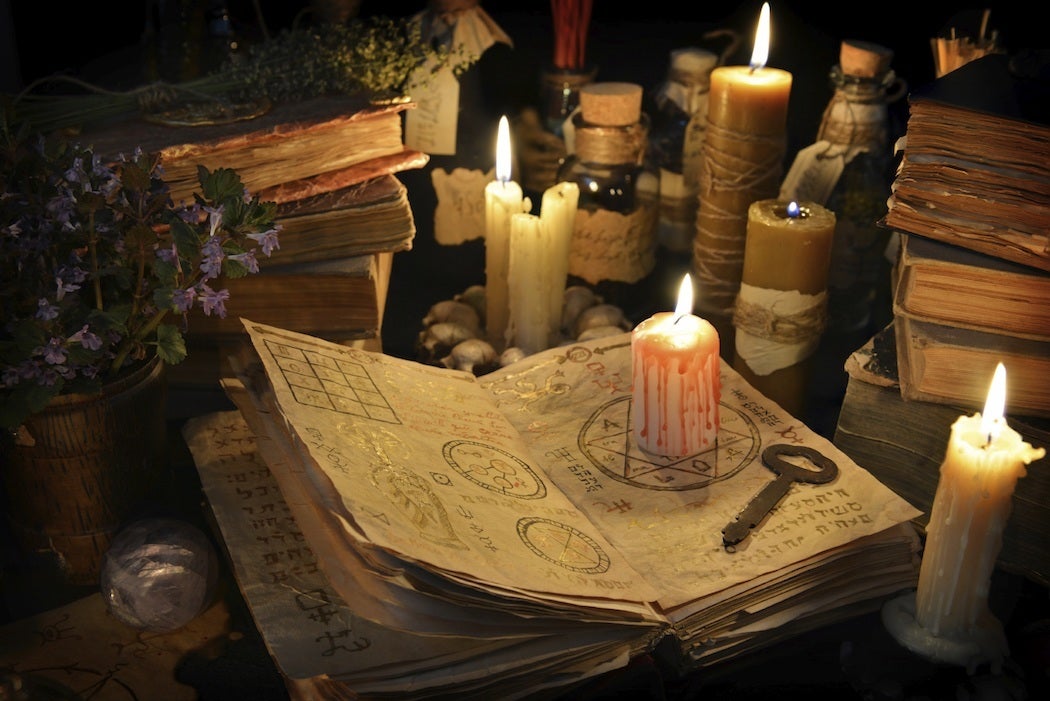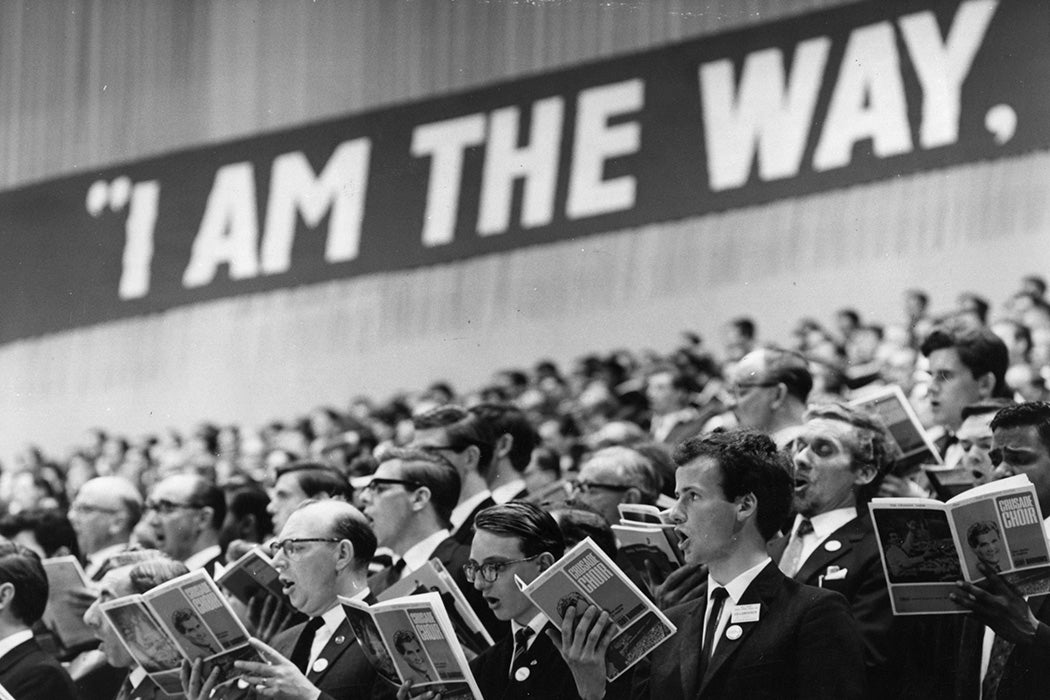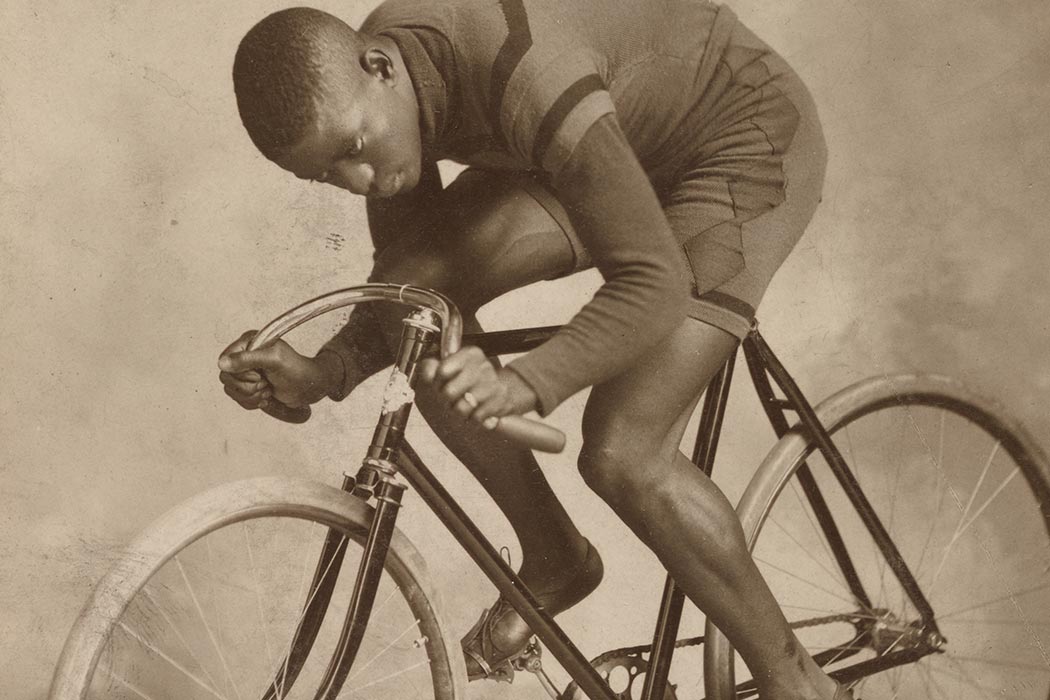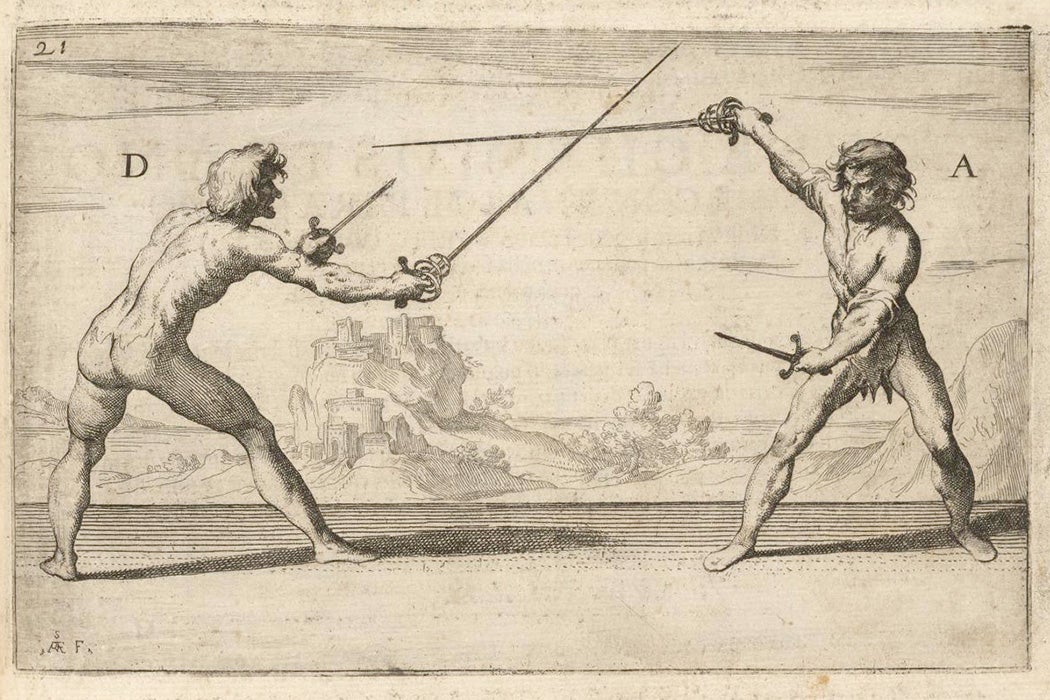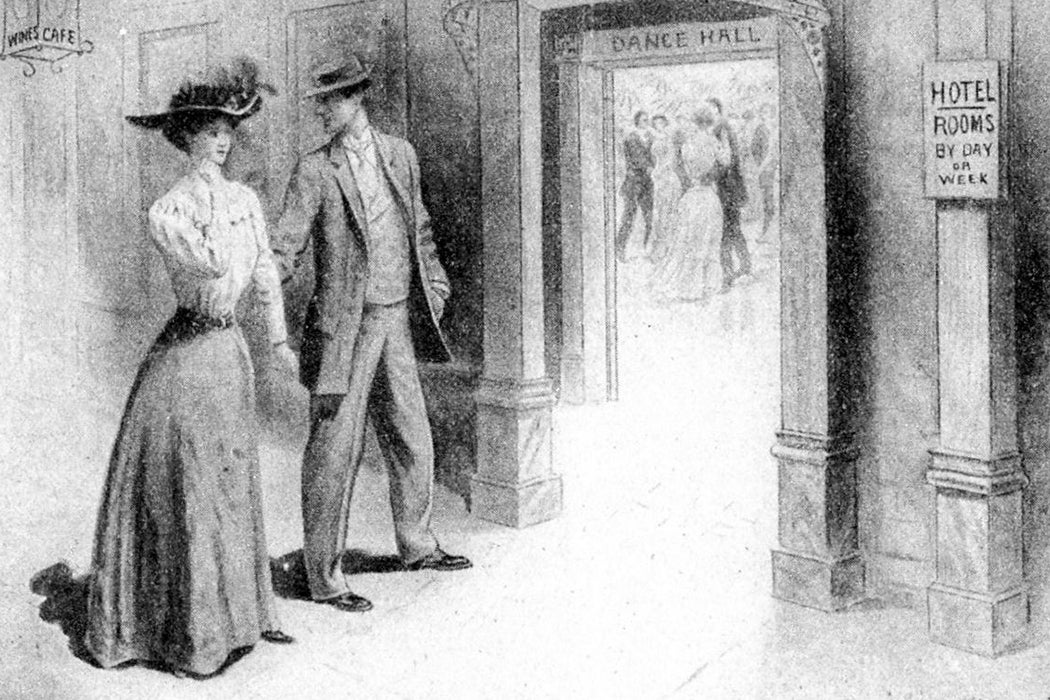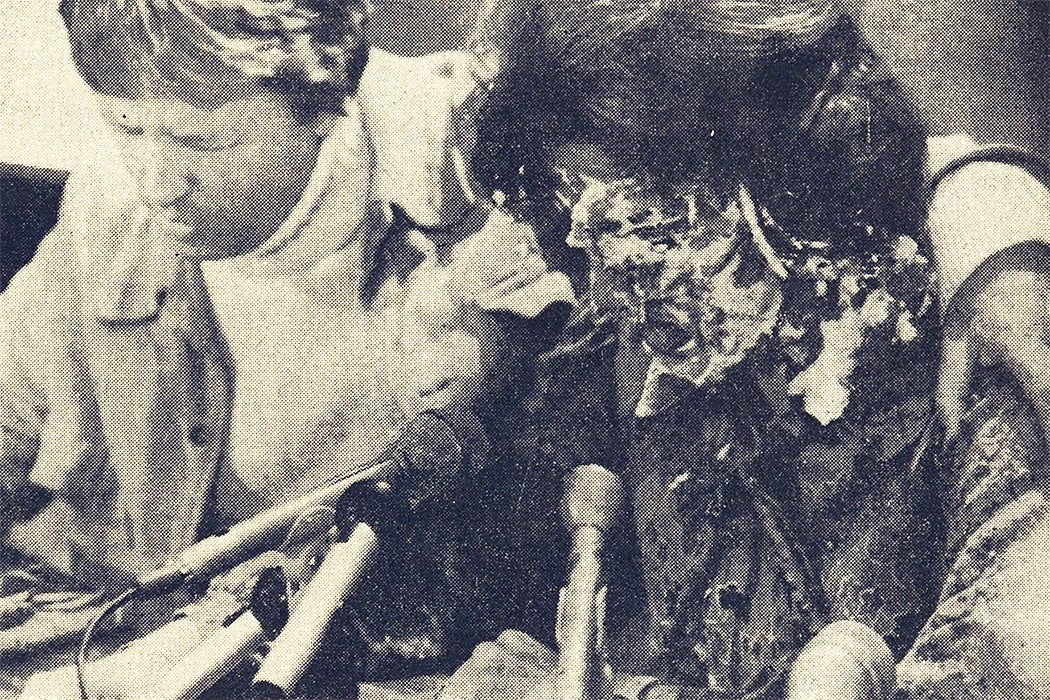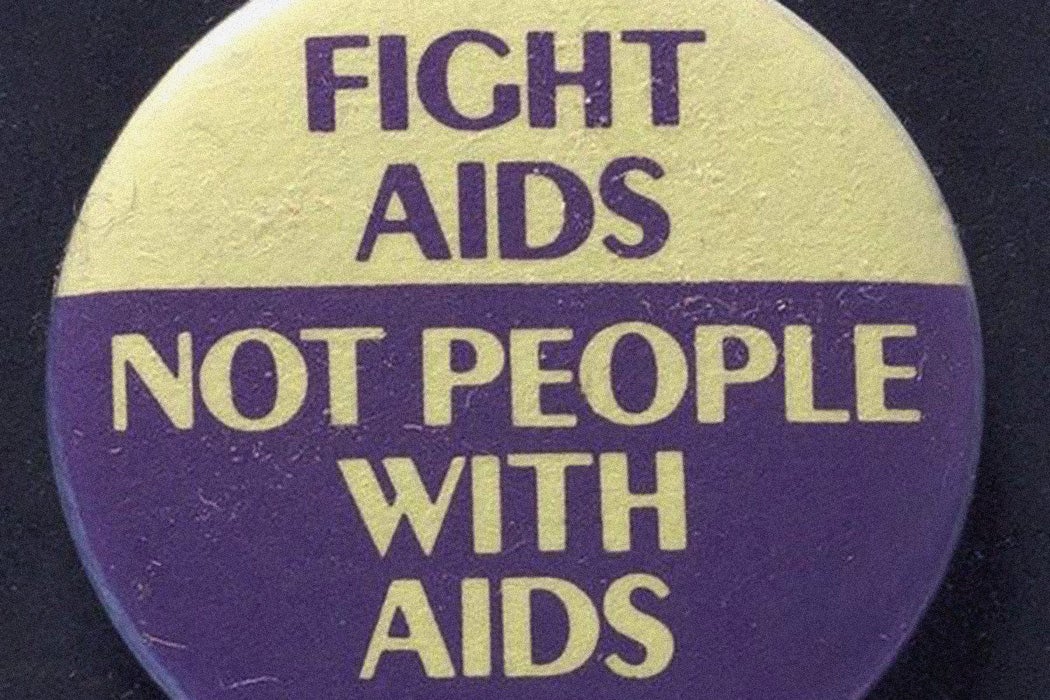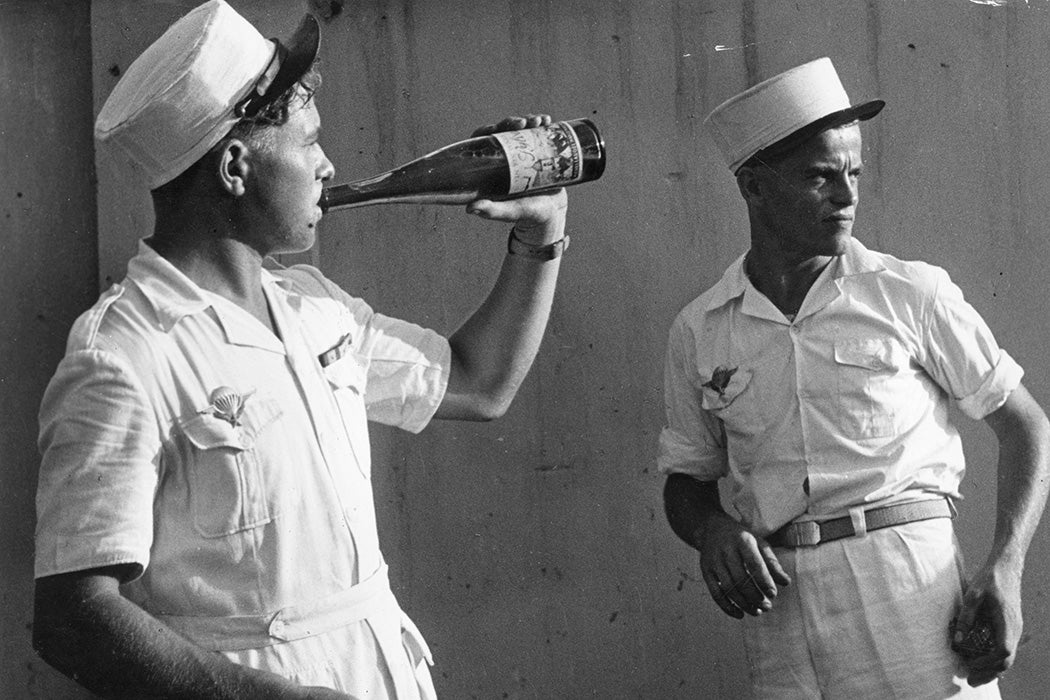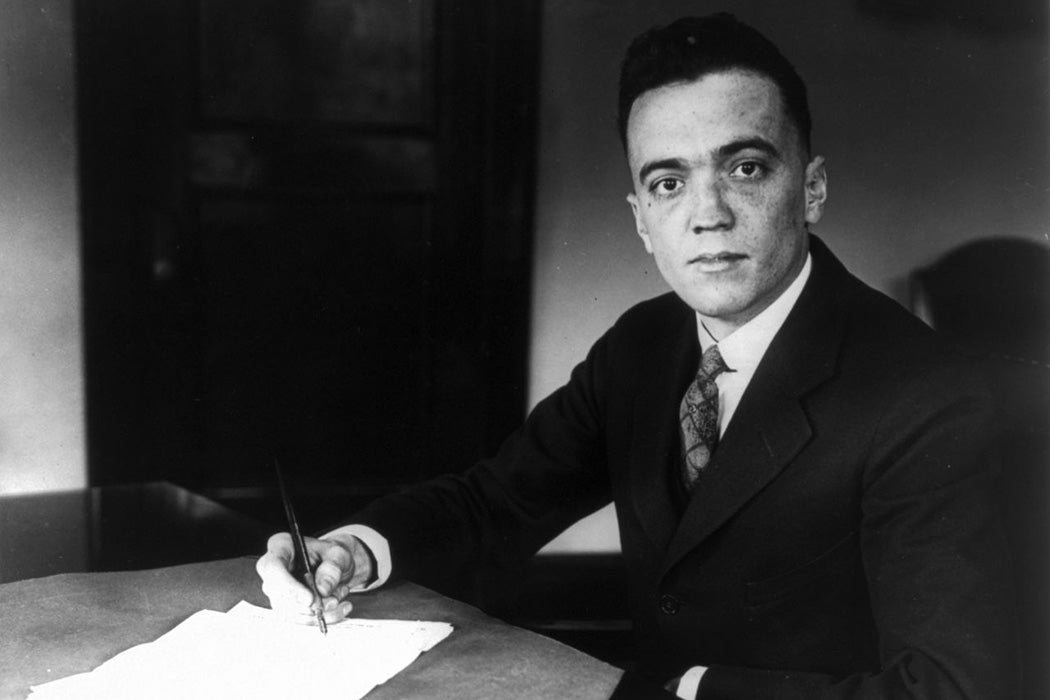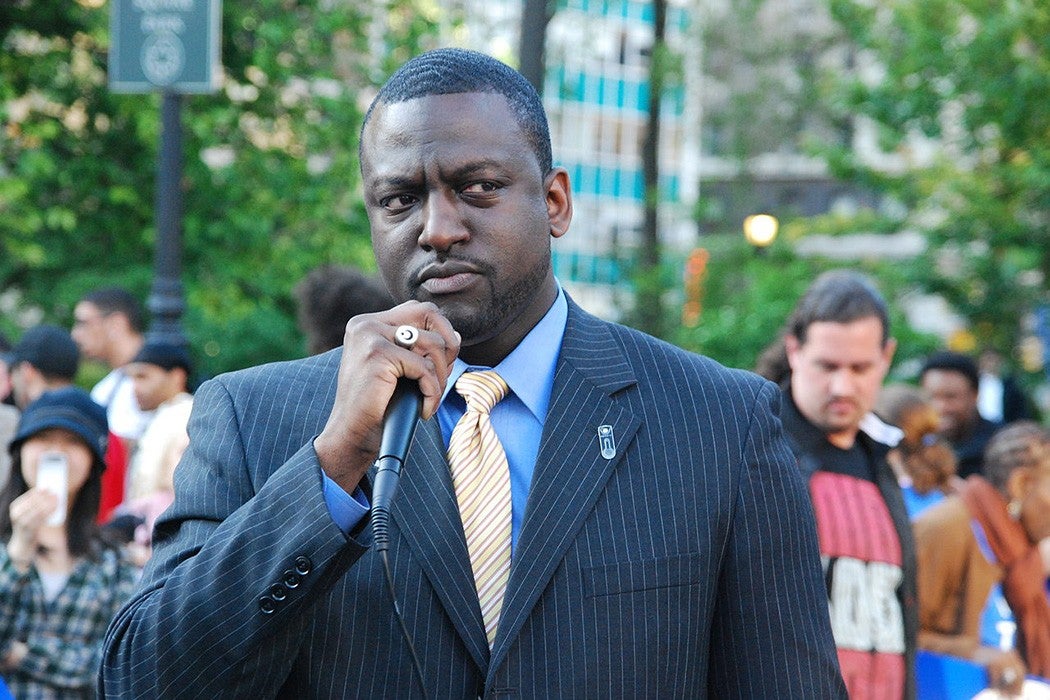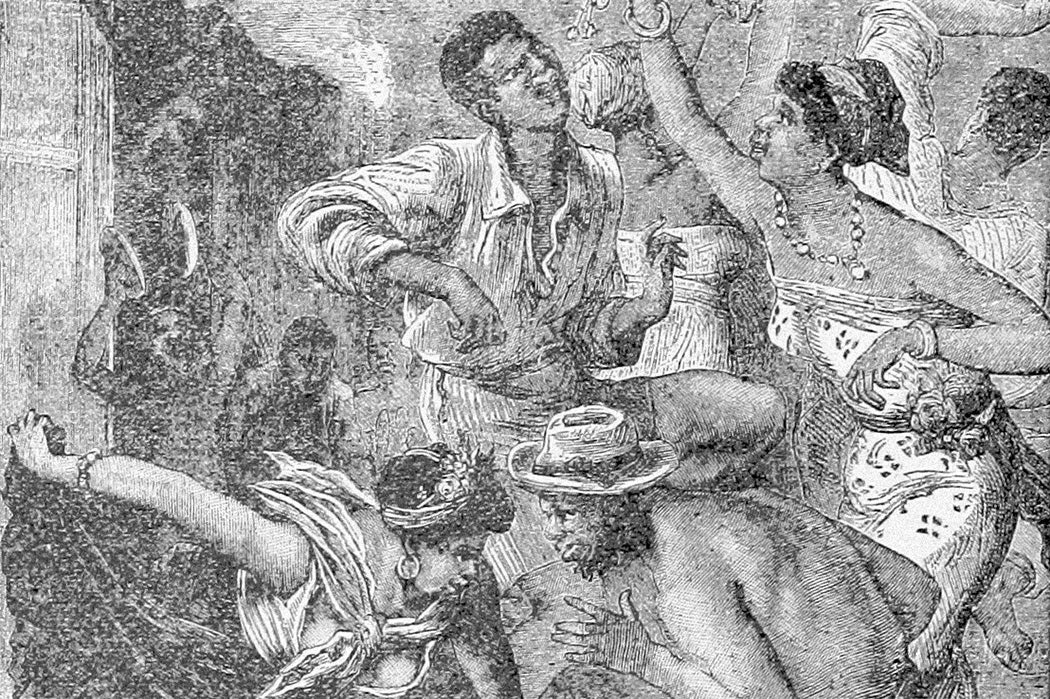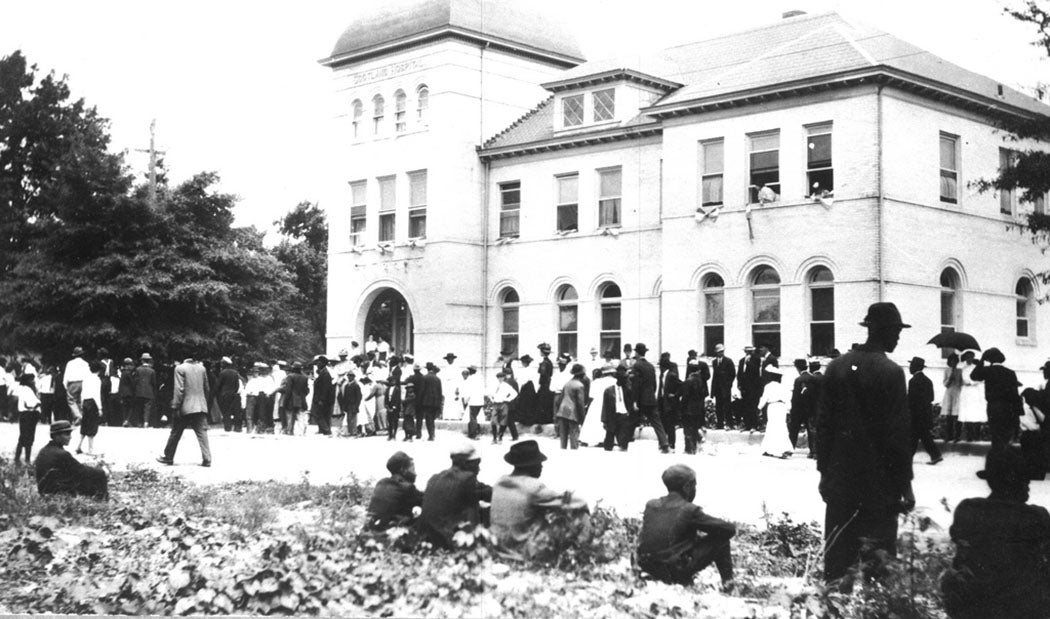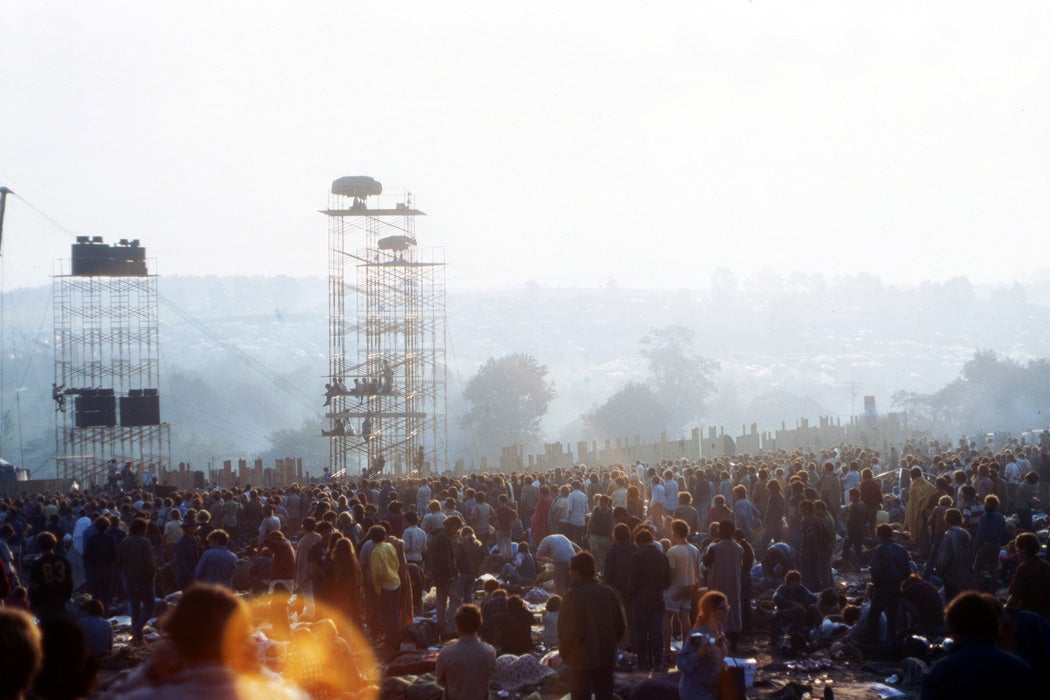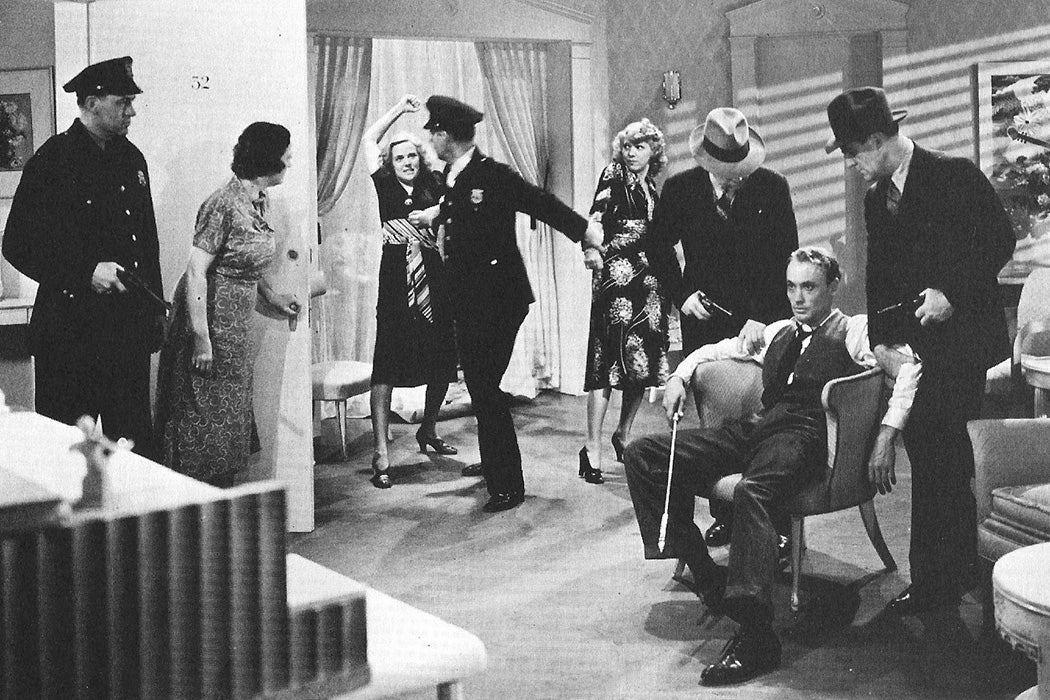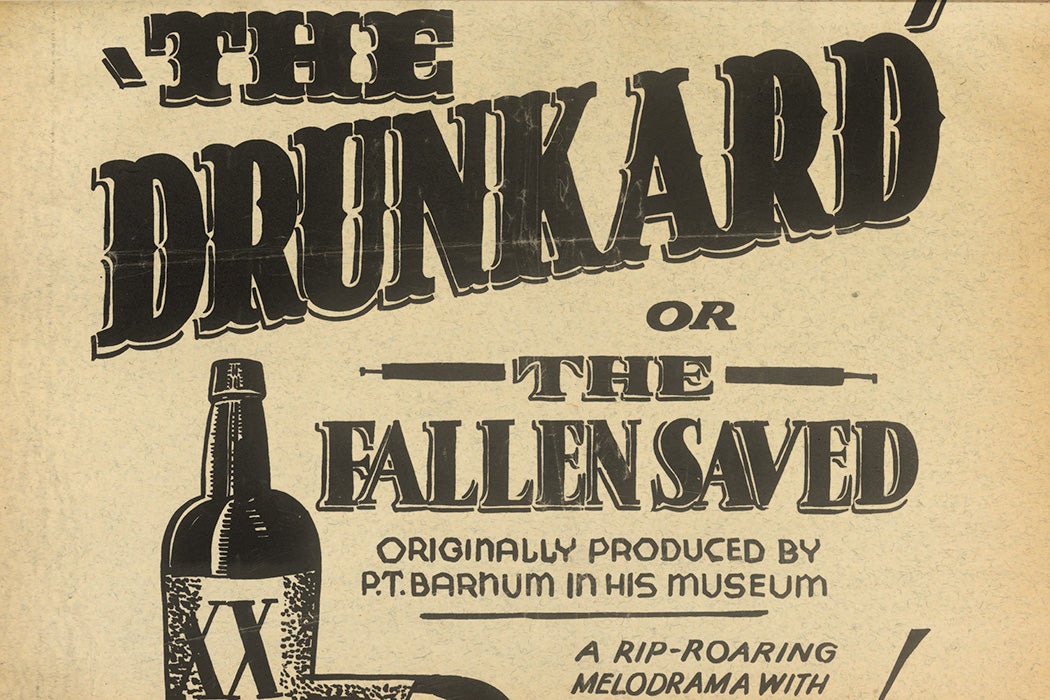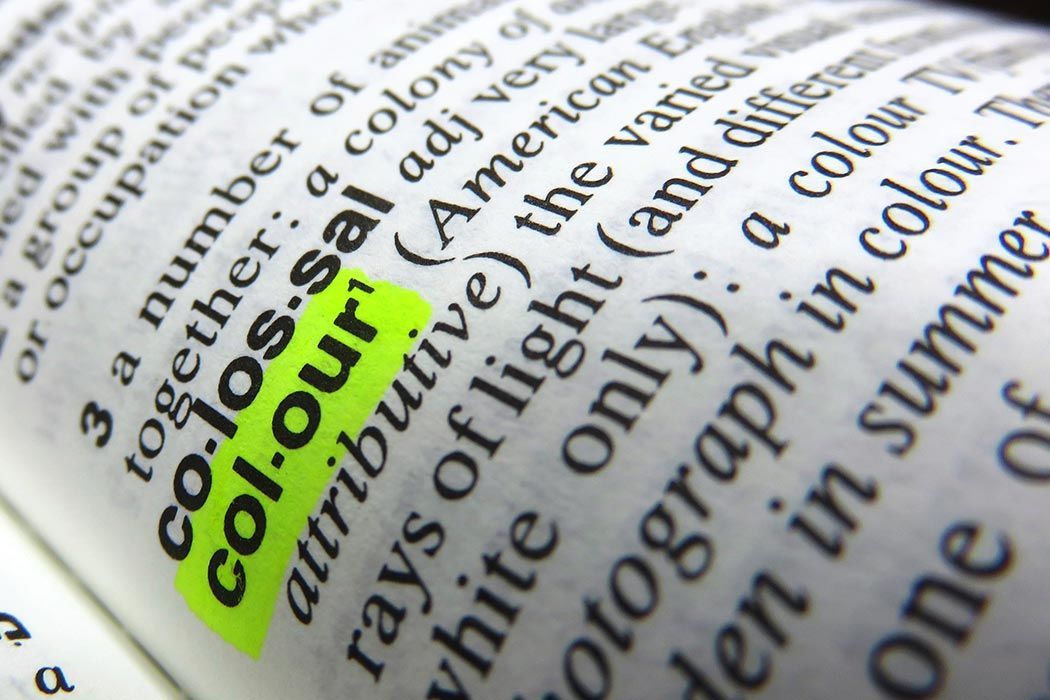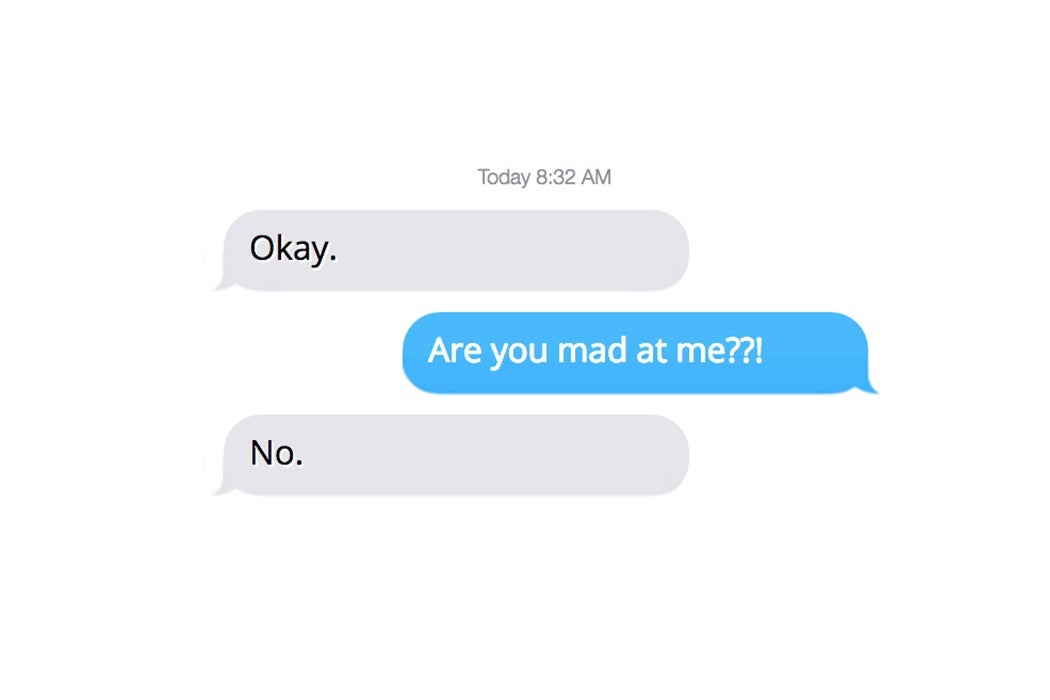The icon indicates free access to the linked research on JSTOR.
A lust for alcoholic beverages and a taste for illicit drugs. Liberated women in search of sexual pleasure and the menace of racial integration. A nation undermined by crypto-communists and children led astray by rock and roll (not to mention sex and drugs). Stories of threats to our families and our homes seem to spread like proverbial wildfires. As scholars Angela McRobbie and Sarah L. Thornton noted more than two decades ago, this breathless state depends on, or even springs from, media engagement with these alleged dangers. Moral panics “guarantee the kind of emotional involvement that keeps up the interest of, not just tabloid, but broadsheet newspaper readers, as well as the ratings of news and true crime television, [and] even the media themselves are willing to take some of the blame.” Once an unintentional outcome of broadcasting the daily news, moral panics now seem to be the point of the news cycle. If McRobbie and Thornton’s assessment is accurate, how can we as media consumers sort the danger from the drama?


The stories below focus on a variety of moral panics, adding historical context and scholarly analysis into the mix. These previously published stories show how moral panics begin and spread, analyzing motivations, mechanisms, and outcomes. The scholarship featured here highlights lessons from the past to help us detect patterns and language in the present. As always, the stories and the underlying scholarship are free to everyone.
Inventing the Moral Panic
January 9, 2018
The late summer crime wave of 1744 London sparked an intense moral panic about crime that burnt itself out by the new year. But not before heads rolled.
January 11, 2018
Samuel Richardson's Pamela, the first novel in English, astounded and terrified readers. Authors have striven for the same effect since.
March 2, 2022
From train robberies to organized retail theft to murder, are we really gripped by a crime wave?
October 26, 2022
If Dracula represented the collective fears of his day, what do the likes of Slender Man and other internet monsters tell us about the zeitgeist of right now?
February 28, 2018
The Hays Code kept Hollywood on a short leash until the Supreme Court decided in 1952 that films were protected by the First Amendment.
March 9, 2016
How did some of the most illustrious names of fin de siècle French literature end up in a newspaper battle over witchcraft and evil spirits?
February 8, 2021
Tracing an early front in the culture wars to a trio of evangelical opponents of rock music in the 1950s and '60s.
February 22, 2016
The bicycle craze of the 19th century, in which both men and women participated, was seen as a moral affront by church leaders.
March 28, 2024
In Elizabethan England, it seemed like everyone was carrying a sharpened object with the intent to inflict damage.
Women, Sexuality, and Stigma
February 19, 2021
At the start of World War I, young working-class women swooned for men in uniform, leading middle-class women to form patrols to police public morals.
October 11, 2017
Jane Addams, a leading Victorian-era reformer, believed dance halls were “one of the great pitfalls of the city.”
July 4, 2017
At Wimbledon, tennis is about more than tennis. The story of Amélie Mauresmo illustrates the complex sexual politics of women athelete’s bodies.
October 28, 2022
Proposition 6, better known as the Briggs Initiative, was the first attempt to restrict the rights of lesbian and gay Americans by popular referendum.
August 12, 2022
Prejudice and moralism interferes with public health, aiding and abetting the spread of the HIV and monkeypox viruses.
March 12, 2020
In the period immediately following World War II, the femme fatale embodied a host of male anxieties about gender roles.
May 21, 2022
Anxieties over the abduction of young men into the French Foreign Legion after WWII reflected West Germany’s concerns about the state of their nation.
November 18, 2019
In 1950, the U.S. State Department fired 91 employees because they were homosexual or suspected of being homosexual.
September 24, 2020
In 1952, a government administrator named Mary Dublin Keyserling was accused of being a communist. The attack on her was also an attack on feminism.
November 5, 2022
J. Edgar Hoover saw the political effectiveness of cracking down on elite brothel madams—but not their clients—in New York City.
Racism and Xenophobia
February 20, 2017
In the ‘90s, racialized terms like “wilding” and “superpredators” conjured moral panic, which justified the Crime Bill and other similar propositions.
November 4, 2020
During Reconstruction, lurid tales of African-derived religious practices in Louisiana made news all over the country—especially when worshipers included white women.
February 12, 2021
In 1898, a North Carolina newspaper cartoonist weaponized white fears and tropes of Black predation to stoke a coup d'etat.
May 14, 2019
In 1919, a brutal outburst of mob violence was directed against African Americans across the United States. White, uniformed servicemen led the charge.
The Danger of Drugs and Drink
May 9, 2019
It's the 50th anniversary of the famous Woodstock festival, which was fraught with controversy before it even happened.
January 30, 2022
Ninety million bottles of Valium were dispensed yearly in the U.S. during the mellow Seventies. What happened?
October 19, 2022
How did the campaign behind the Partnership for a Drug Free America’s iconic commercials develop, and why were its products so memorable?
April 23, 2020
Originally produced as an exploitation film that drew on racial stereotypes, the ironic revival of Reefer Madness made it a cult classic for stoners.
September 21, 2022
Produced by the master entertainer P. T. Barnum, a melodrama about the dangers of alcohol was the first show to run for a hundred performances in New York City.
Policing Language
April 5, 2017
Two years ago, this column sprang into life by enthusiastically wading into the absurdly long-running debate about some ...
September 1, 2015
Debates over English spelling reform have existed for centuries.
September 21, 2016
Punctuation is often a symbolically loaded. Is there anything else so heavily regulated, codified and coddled as the period, comma, or exclamation point?
Editor’s Note: This list has updated with new content.
Resources
JSTOR is a digital library for scholars, researchers, and students. JSTOR Daily readers can access the original research behind our articles for free on JSTOR.
By: Angela McRobbie and Sarah L. Thornton
The British Journal of Sociology, Vol. 46, No. 4 (December 1995), pp. 559–574
Wiley on behalf of The London School of Economics and Political Science



